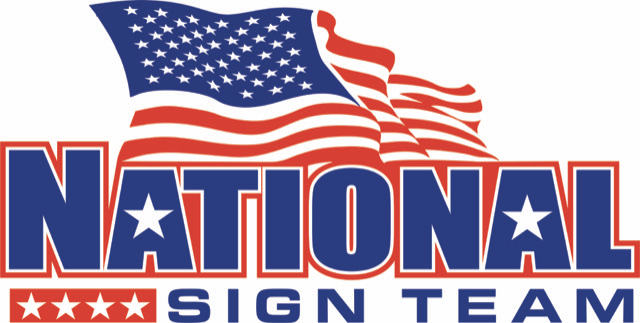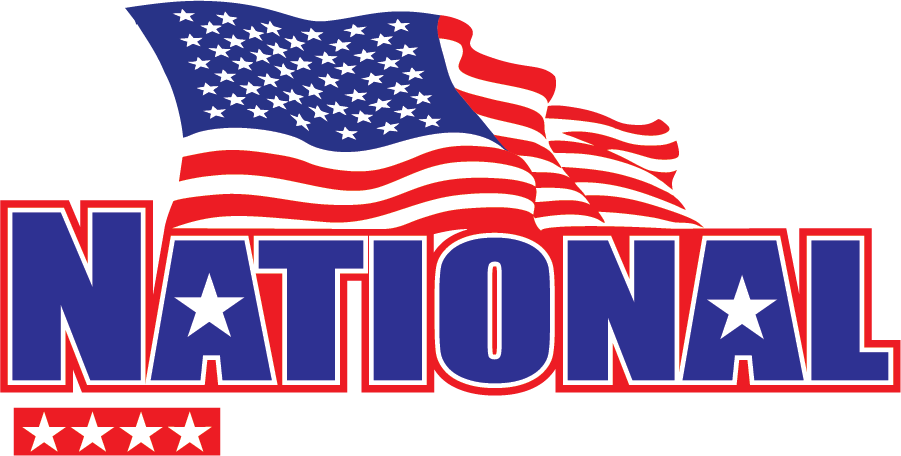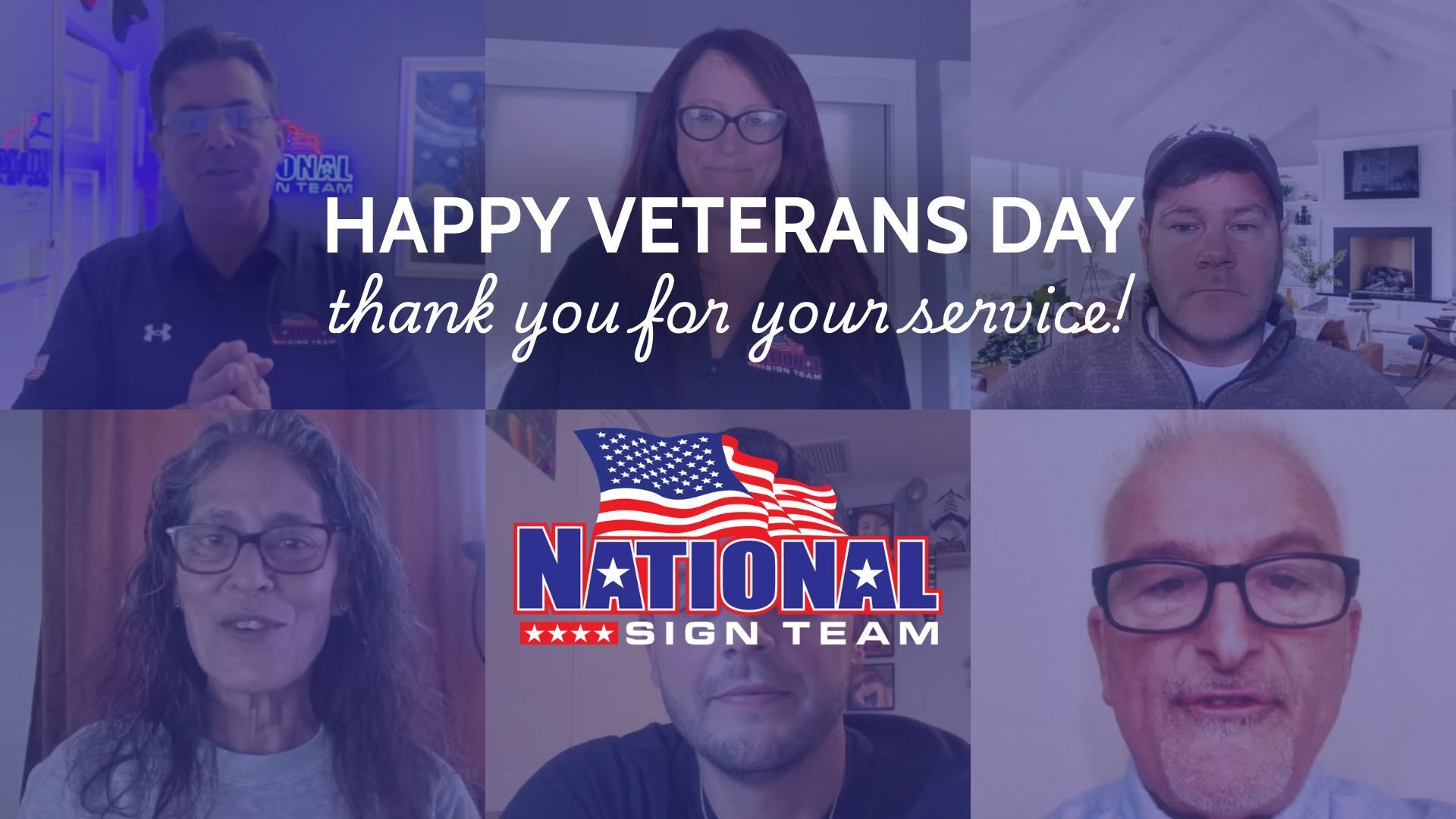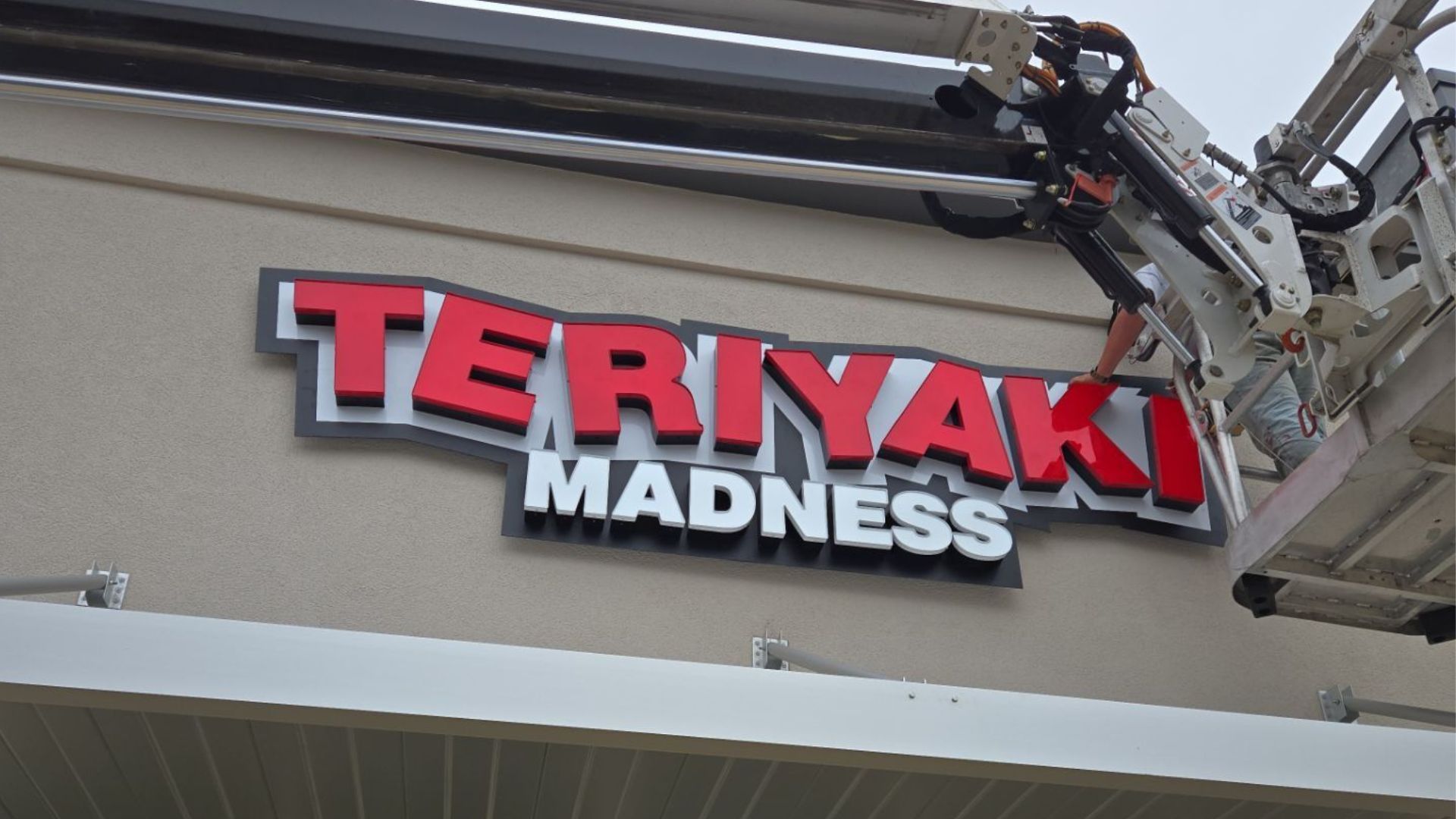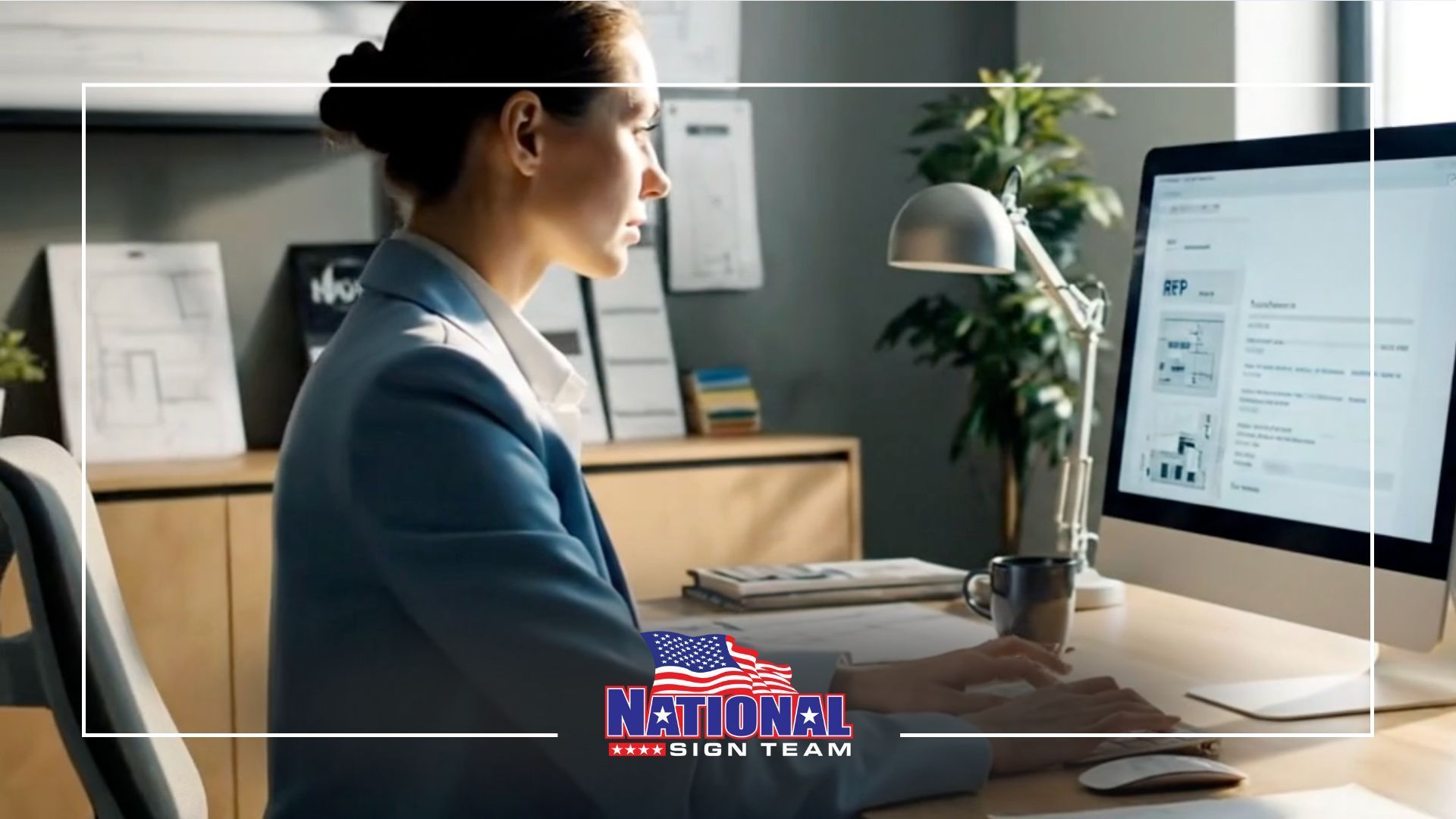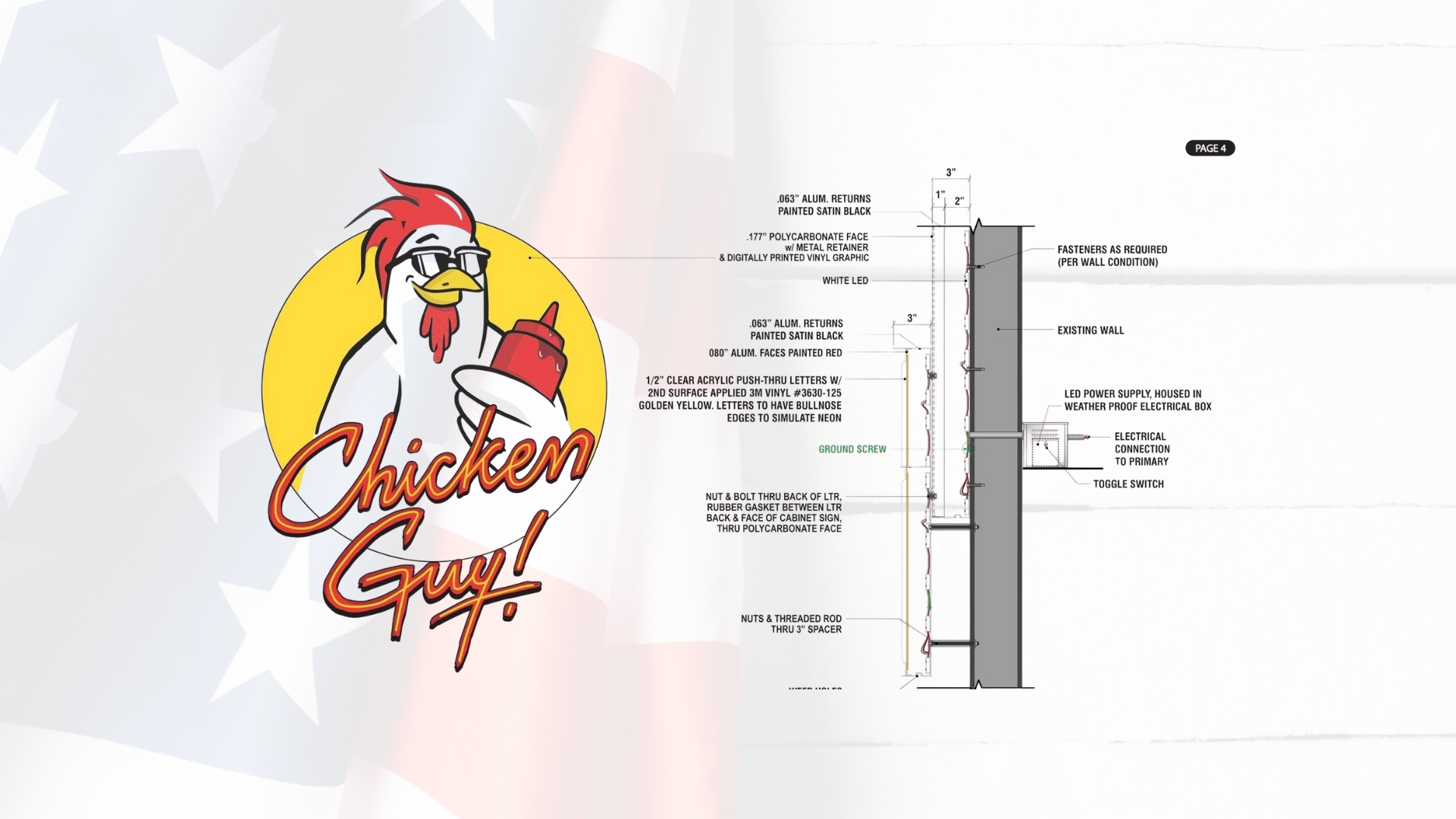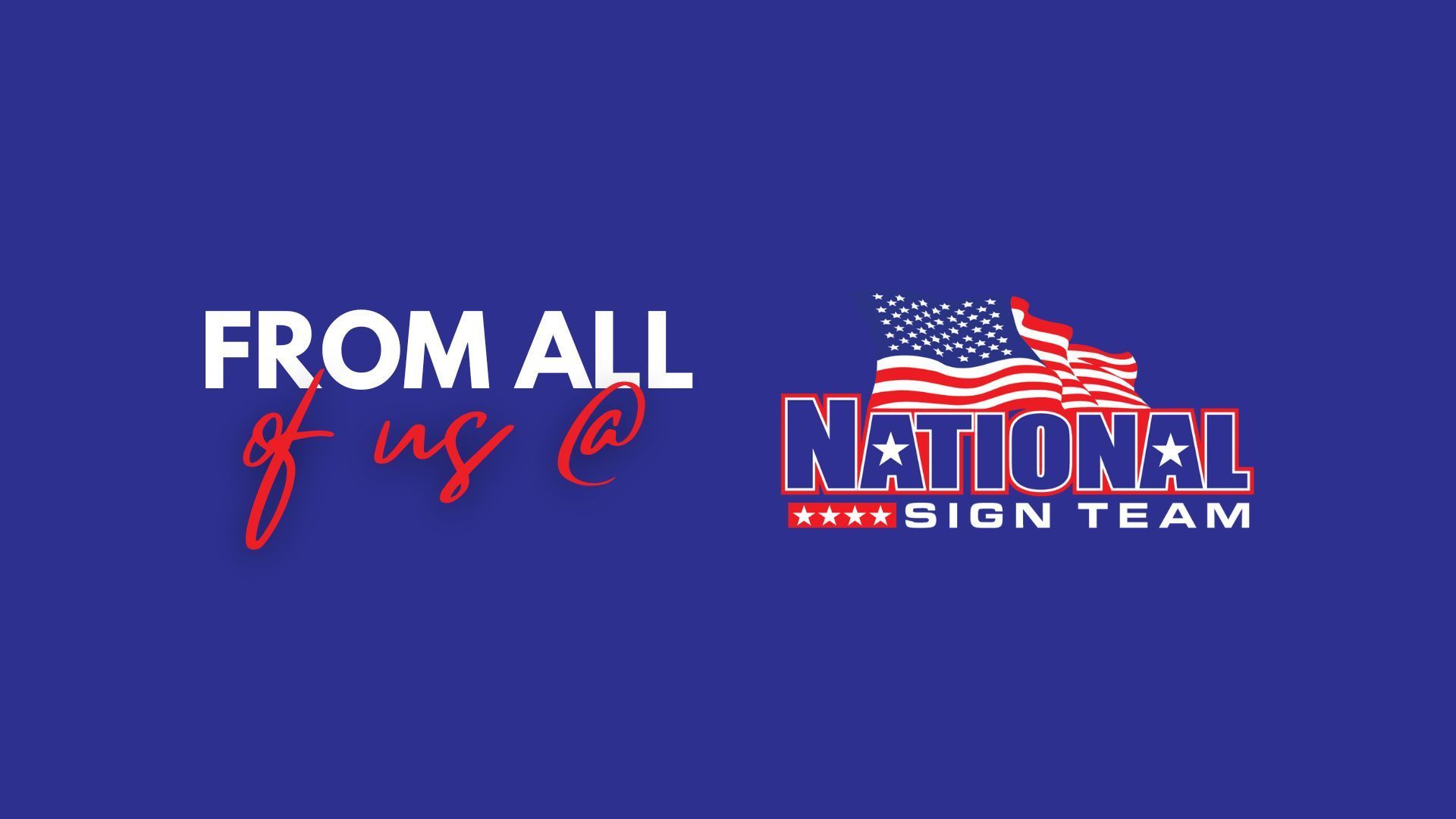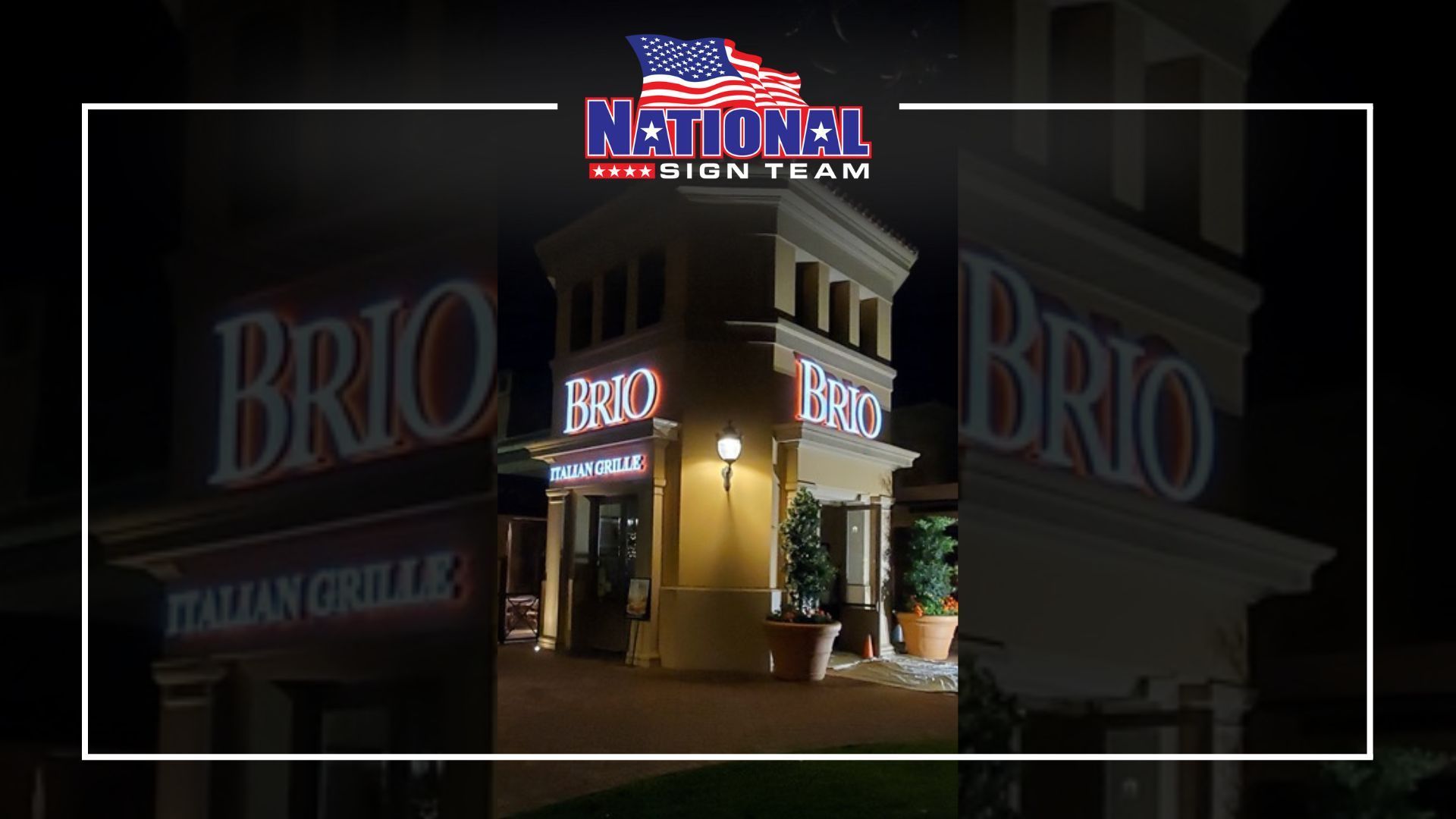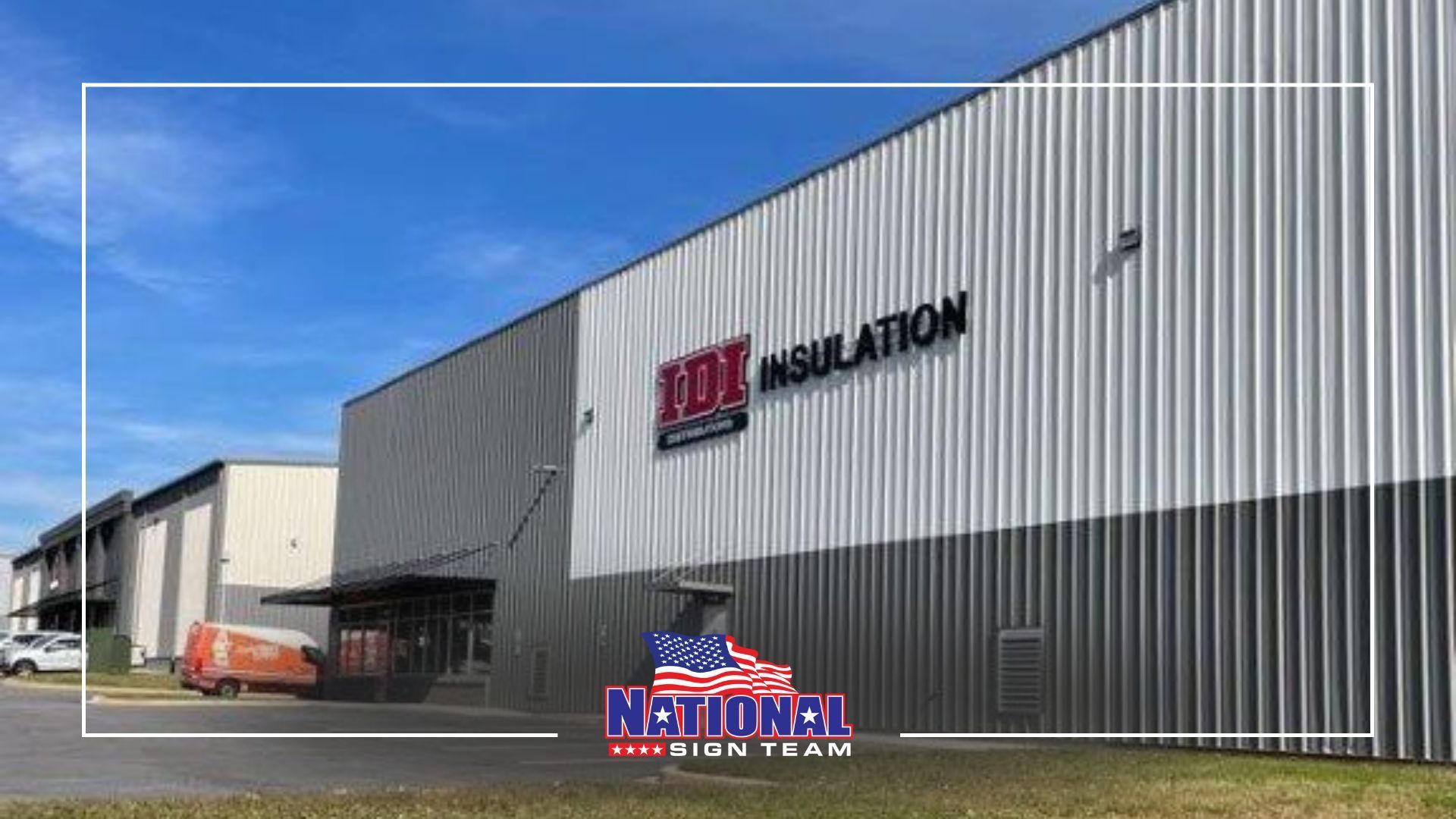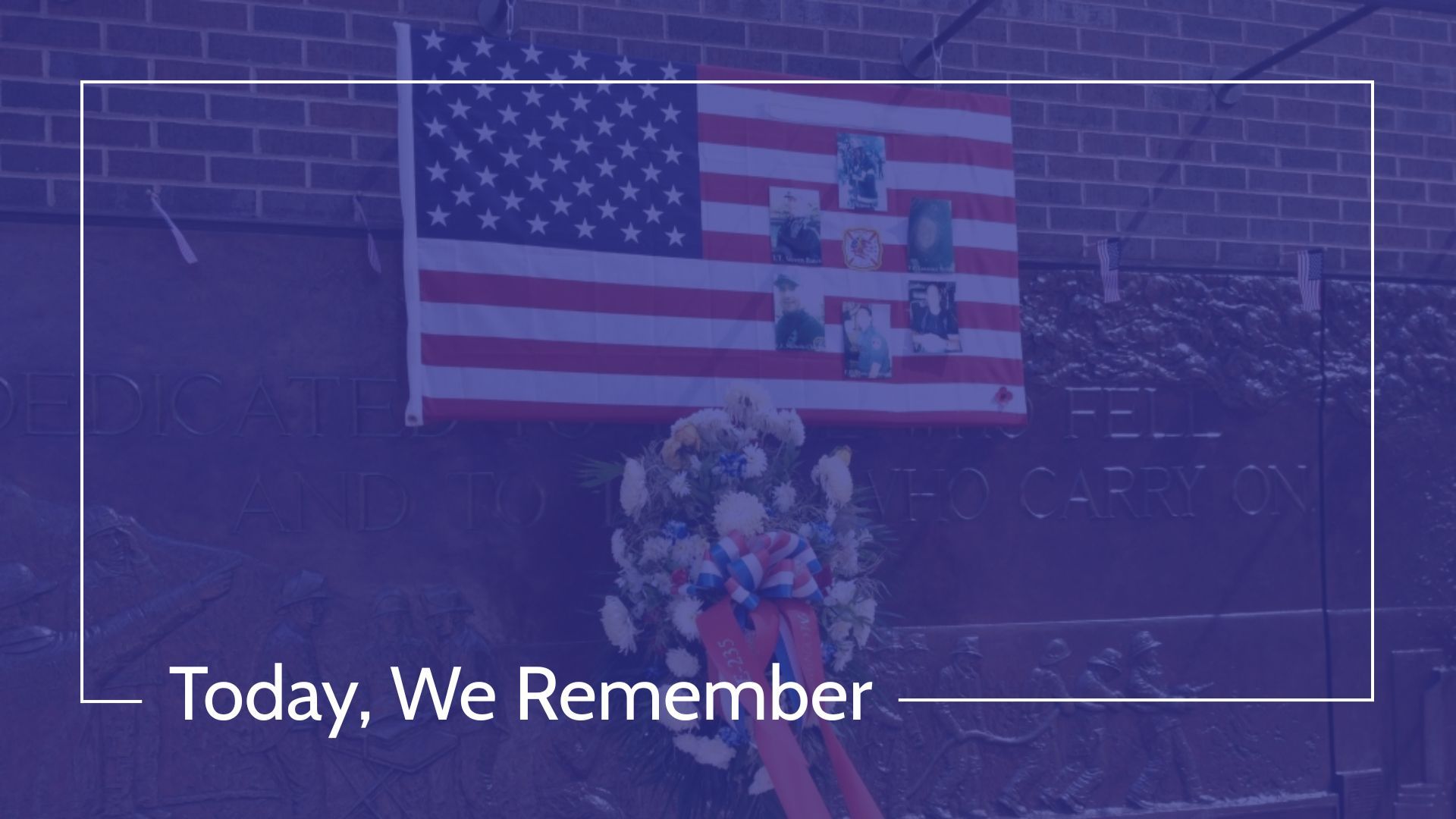Get Ahead of 2026. Start Your Sign Program Now.
Learn how to start your 2026 sign program, navigate Q4 bid season, manage retail construction bids, and plan sign conversions with confidence.
How to Kick Start Your Sign Program for 2026
As the year winds down, many brands find themselves scrambling to finalize budgets, secure vendors, and prepare for the next cycle of store openings and remodels.
What often gets overlooked is that Q4 is actually the ideal time to launch your sign planning process for a 2026 sign program. This is prime bid season for retail construction, franchise development, and multi-site buildouts. Across the industry, directors of construction and brand managers request proposals well ahead of the new year so they can lock in pricing, reserve production capacity, and give their teams enough runway to execute. When sign planning starts too late, brands struggle with delays, incomplete documents, rushed site surveys, and missed cost savings.
If you want a streamlined process with predictable timelines and accurate costs, Q4 is the moment to set your 2026 sign program in motion. Below, we walk through the fundamentals of national sign programs, what to expect during the retail construction bidding process, how sign conversions differ from new programs, and how to prepare your brand to move confidently into the next cycle.
National Sign Program Tips and FAQs
Launching or updating a national sign program requires a strong foundation. Whether you manage 20 locations or 2,000, the steps are similar. Successful programs hinge on consistency, planning, and a well-documented process that limits risk and supports your expansion goals.
What Is a National Sign Program
A national sign program is a standardized system that outlines how a brand designs, fabricates, installs, and maintains signage across all its locations. The goal is brand consistency and operational efficiency. When everything from channel letter depth to cabinet materials to lighting specifications is defined, your construction partners can work faster and your franchisees avoid guesswork.
Learn more about National Sign Team’s sign design and integration process.
Why Standardization Matters
Brand standards are more than guidelines. They are the backbone of every successful expansion strategy. Standardization ensures that:
- Every location uses the same materials and lighting systems.
- You reduce variation that leads to cost overruns.
- Installers across the country have clear expectations.
- Maintenance and service work is faster and less expensive.
When sign packages are clearly outlined, vendors bid more accurately and you avoid change orders caused by unclear specifications.
Key Documents You Should Prepare Before Bidding
Brands that come to the table prepared always get better bids. Your sign program documentation should include:
- Sign Types for different environments (Freestanding, Monuments, Pylons, Cabinets, Channel Letters, Blade Signs, etc.
- List of approved/Most commonly used sizes
- Pipeline forecast for 2026 sites
If you do not have these ready, Q4 is a great time to complete them so your 2026 expansion stays on track.
How Do I Avoid Delays
Three common delays in national sign programs include slow site surveys, incomplete landlord criteria review, and late permitting. These can be avoided by having one partner responsible for coordination. A single point of contact is more efficient than juggling multiple vendors across different markets.
For more insights, see our article on signage solutions for multi-site projects.
Retail Construction: What to Expect During the Bidding Process
Retail construction moves in predictable cycles, and sign planning is directly tied to those cycles. Understanding what happens during the bid phase can help you negotiate better pricing and avoid surprises during your rollout.
Q4 Is Bid Season for a Reason
Construction departments finalize next year's build schedules in Q4. Brands know their budgets, and permitting departments begin filling up for January and February. Bids requested during this window usually have the longest lead time and the greatest opportunity for cost savings. Vendors can forecast their material procurement, production scheduling, and labor allocation more accurately.
If you ask for bids during Q1 or Q2, you will be competing with hundreds of other brands already in motion, which often increases timelines and costs.
How to Compare Sign Bids
Sign bids vary for many reasons. To compare accurately, pay attention to:
- Material specifications. Are materials identical or value-engineered?
- Lighting systems. Are they using name-brand LEDs or generic?
- Freight costs. Are they optimizing their distribution channels as a national company or are they a one-location facility?
- Warranty variations. Warranties across bidders may vary dramatically.
- Value add: Are you buying a turn-key solution with project management, or a sign off the shelf?
Always compare the scope, not just the final number.
For a deeper look at installation considerations, visit our page on
custom sign installation.
Sign Conversions: How They Compare to Full Sign Programs
Many brands assume that a sign conversion is simpler than a full national sign program. In reality, conversions share many of the same steps and carry their own challenges. Understanding these differences helps you plan more effectively for your 2026 initiatives.
How Sign Conversions Are Similar to National Sign Programs
Conversions require the same level of planning and documentation. You must align brand standards, review landlord criteria, confirm electrical requirements, and coordinate permitting. The bidding and scheduling workflows are also nearly identical. For multi site conversions, consistency is just as important as it is for new buildouts.
How Conversions Differ
The main difference is that conversions must work within the constraints of existing infrastructure. For example:
- There will be an inventory of all locations and signage assets for design and planning.
- Older signage will require removal, patching, repainting, and temporary signage.
- Electrical feeds may be outdated or in poor locations.
- Some cities require additional inspections when modifying older installations.
Conversions often involve more field investigation and more unpredictable permitting conditions. This makes early planning essential because you want accurate site surveys before any bid is finalized.
Why Conversions Matter for 2026
Many brands are updating logos, simplifying brand assets, or switching to LED lighting systems next year. A conversion plan ensures that each location receives consistent updates with predictable costs. Brands that wait until Q2 or Q3 to start conversion work often face inflated production schedules and long permitting queues.
To research the broader signage industry, you can explore the International Sign Association at
www.signs.org.
Kick Start Your 2026 Sign Program with the Right Partner
If your team is entering Q4 without a clear plan for bidding, documenting, and organizing your 2026 sign program, this is the time to get ahead. Early planning gives you better pricing, smoother permitting, and more accurate scheduling. Whether you are launching a national sign program, preparing for retail construction bidding, or updating multiple locations through a sign conversion, having the right partner makes a difference.
National Sign Team should be on your short list of partners. Our team is experienced in bidding on national programs, managing multi-site surveys, coordinating landlords and general contractors, and ensuring that nothing is missed during the process. We help brands reduce costs, avoid delays, and maintain consistent signage across every location.
For more information or to begin planning your 2026 program,
follow us on LinkedIn here.
